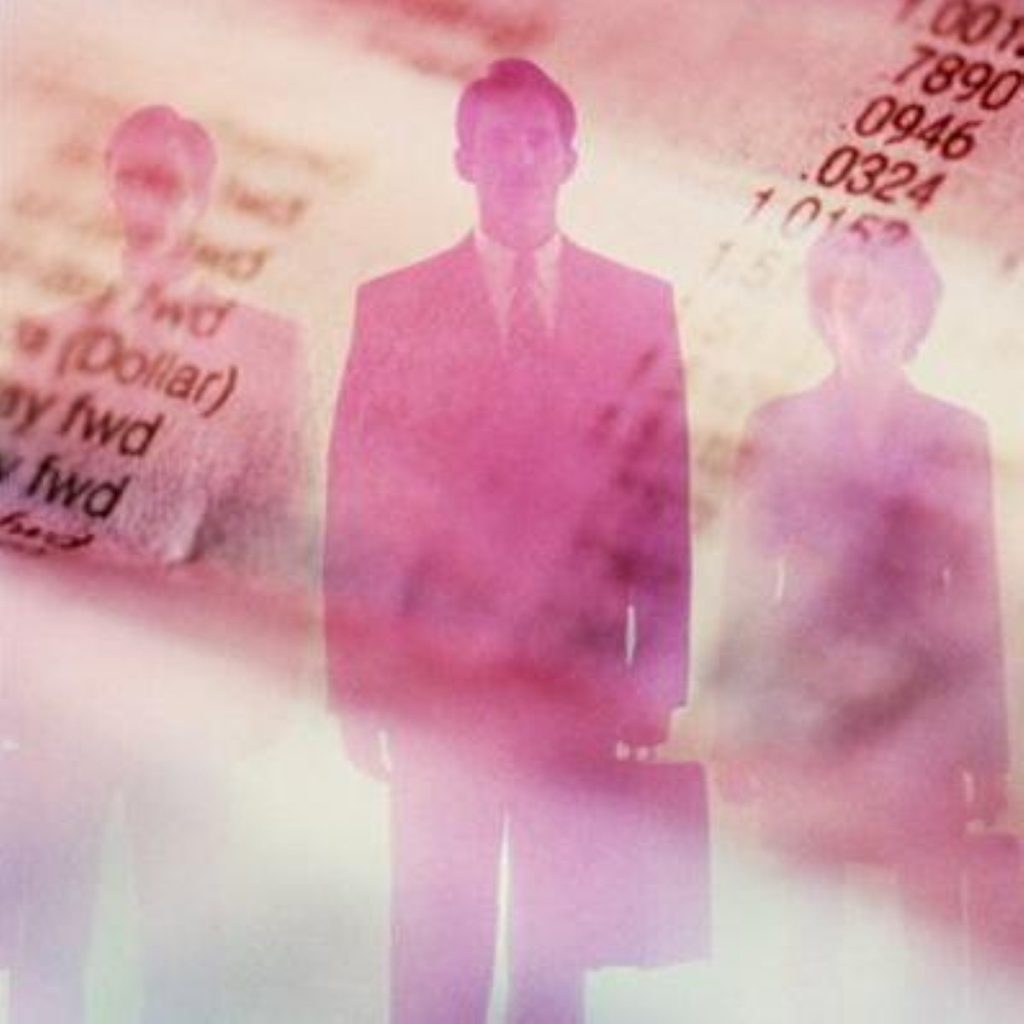Unemployment and inflation on the rise
UK unemployment continues to increase as new figures show inflation figures remain well above target.
Some 20,100 more people claimed government assistance for unemployment in July, taking the total to 864,700, new Office of National Statistics (ONS) figures show.
The increase was the largest monthly rise since December 1992 and followed a similar rise in June.
There were also a total of 60,000 more unemployed people over the quarter to June. This took the overall level of unemployment up 0.2 per cent to 5.4 per cent.


The number of unemployed men was 980,000 in the three months to June 2008, up 47,000 from the last quarter, while the number of unemployed women was 692,000 in the three months to June 2008.
The number of people unemployed for over 12 months was 411,000 in the three months to June 2008.
Meanwhile, the number of job vacancies stood at 634,900 – down 47,400 from the previous quarter. As a result the working age employment rate was 74.8 per cent, down 0.1 percentage point from the previous quarter.
Commenting on the figures Howard Archer, of analysts Global Insight, said: “It seems inevitable that extended very weak economic activity and deteriorating business confidence will exact an increasing toll on the labour market over the coming months.
The ONS figures also show headline annual earnings growth was limited to 3.3 per cent in June, and to 3.4 per cent in the three months to June. The underlying rate was also contained at 3.5 per cent and 3.7 per cent respectively.
The figures are below the 4.4 consumer price index (CPI) inflation level reported by the ONS yesterday, suggesting real earnings are now in decline.
Meanwhile, the Bank of England has conceded inflation is likely to remain well above target during the near future in its quarterly inflation report.
In the latest round of forecasts, released today, the Bank states it is “more likely than not” the consumer price index (CPI) will pass five per cent in the coming months.
This is well ahead of the Bank’s stated target of two per cent.
Driving the increase is the imported problem of global energy costs, which have been pushing up retail prices and hitting consumer wallets.
However, domestic demand is expected to “slow further”, increasing the margin of spare capacity in the economy and putting downward pressure on inflation.
In the medium term the Bank expects inflation to fall to “slightly below” its two per cent target by the middle of next year, as import price inflation falls and the larger margin of spare capacity in the economy bears down on domestic costs.
The assumptions are based on an implicit decision by the Bank to maintain interest rates at their present five per cent level.
With wage increases running at 3.8 per cent, according to Office for National Statistics (ONS) figures, consumers are set to see real earnings decline while the inflation rate remains high.
The Bank also expects GDP growth to be “broadly flat over the next year or so”.
It is then expects a quick pick up, to a rate of around 2.4 percent in two years.
This was a lower profile than that predicted in May – due to a severe housing market slowdown and tighter than expected credit conditions – and the Bank said risks remained on the downside.
The state of the economy impacts negatively on Labour. Many analysts believe the party managed its string of three general election successes on the back of a record for economic competence it can no longer maintain.









